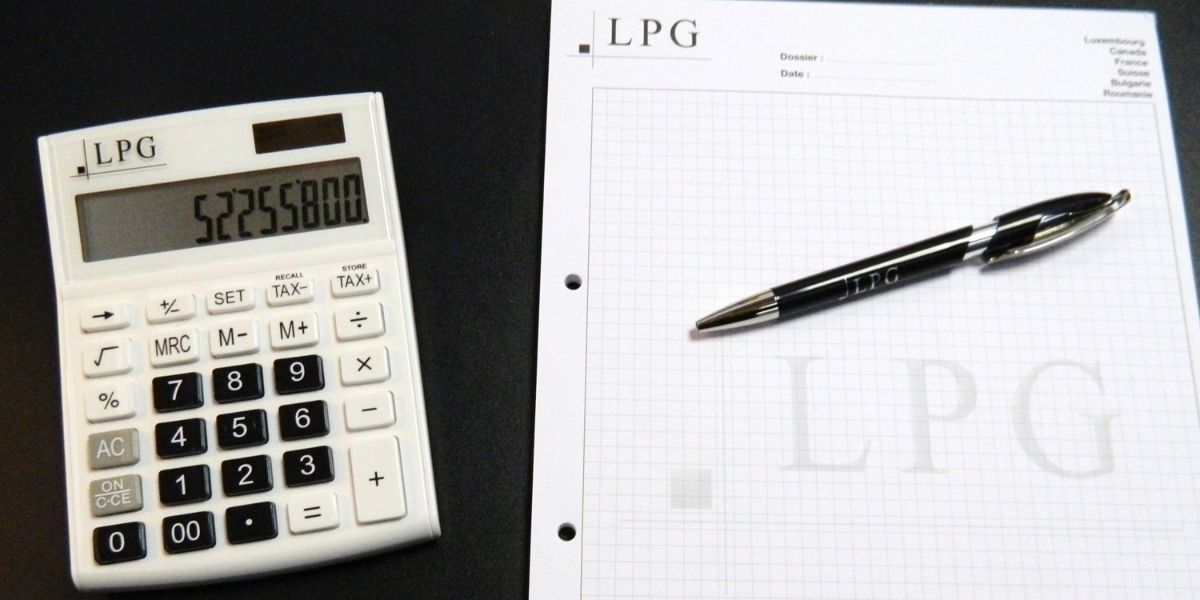TAX AND ACCOUNTING IN THE LIQUIDATION OF LUXEMBOURG COMPANIES
All good things come to an end! Even companies.
Companies can end for various reasons, as a result of bankruptcy, for example, or for more positive reasons such as their dissolution to distribute the profits accumulated over time.
There are two ways to dissolve a Luxembourg company: dissolution with liquidation (which requires at least 3 shareholders meetings, one of which must be in the presence of a notary) or the dissolution without liquidation (which requires just one shareholders meeting in the presence of a notary).
Dissolution without liquidation of a Luxembourg company
The most simple case is dissolution without liquidation. In this scenario, the company must have a single shareholder (or associate) at the time of the wind up (and this single shareholder must be a natural person). This sole shareholder is personally responsible for all the assets and debts of the company to be liquidated.
As far as accounts are concerned it is necessary to draw up financial statements that take into account all the operations up to that date and providing for all forseeable obligations. In doing so, the accountant departs from the going concern principle.
These statements do not need to be filed with the Trade Register.
Dissolution with liquidation of a Luxembourg company
In the case of a dissolution with liquidation, the accountant first reports the up to date financial statements at the General Shareholders Meeting when the liquidation is opened.
The accountant then records the operations up to the finalization of the liquidation. In principle, the finalization of the liquidation occurs at the second General Shareholders Meeting when the liquidator presents his report. After the liquidation report, the General Shareholders Meeting appoints a liquidation auditor in charge of auditing the liquidation report.
The accountant must break with the going concern principle in such circumstances.
If the liquidation takes longer than one financial year, a balance sheet must be drawn up each year.
If the company is a Luxembourg SA (PLC), the balance sheet must be filed with the Trade Register until the liquidation is finalized. For example, if the liquidation of an SA company begins on October 6, 2007, and the liquidation is finalized in April 2009, the financial statements for 2007 and 2008 must be filed with the Trade Register.
Taxation
VAT
The declaration of cessation of operations must be sent to the tax department within 15 days after the date of the cessation of operations. The VAT return must be filed within 2 months of the cessation of operations (or 1 month and a half after the return for the cessation of operations is filed).
Taxes
The durationof a liquidation begins the first day of the financial year that the liquidation is passed and finalizes at the termination of the liquidation.
Tax returns must be filed by December 31 at the latest of the year following the termination of the liquidation.
For example, if the liquidation of a company begins on October 6, 2012, and is finalized on April 12, 2014, the tax return covers the period spanning from January 1, 2012 to April 12, 2014 and must be filed by Deceber 31, 2015 at the latest.
The tax return cannot cover a period of more than three years.
For more information
Please see “Précis de Droit Comptable” by Denis COLIN, edition 2014, Part III, chapter 22 (available in French).







